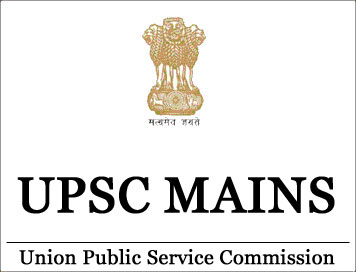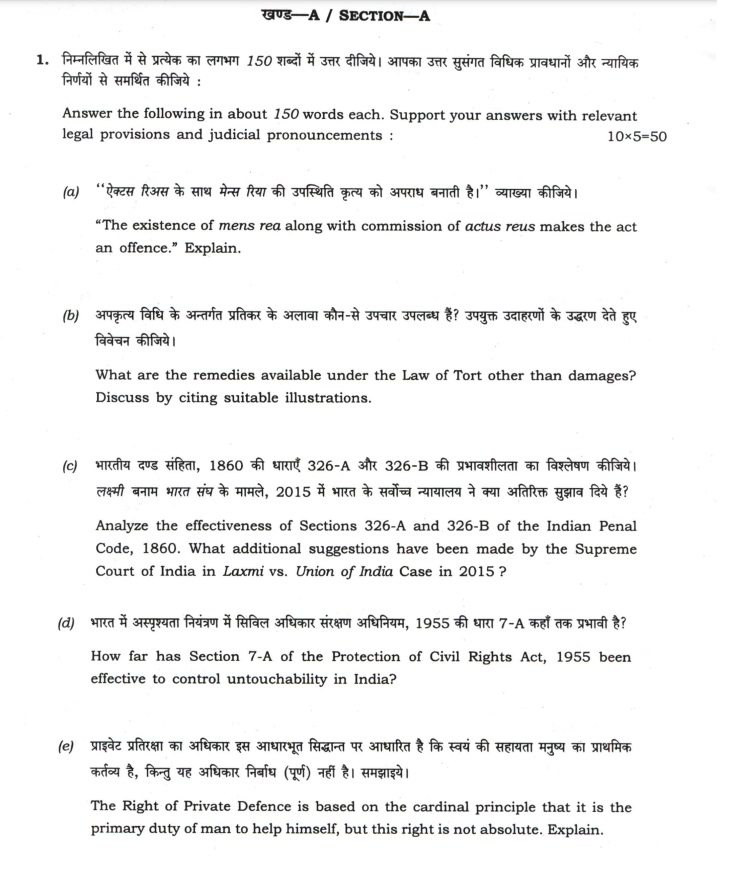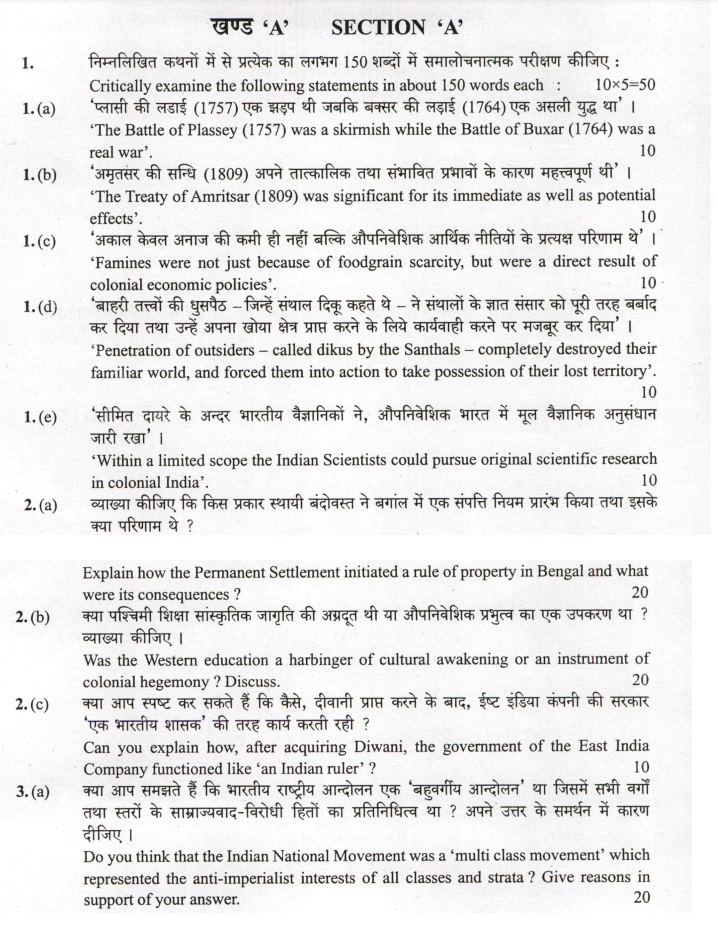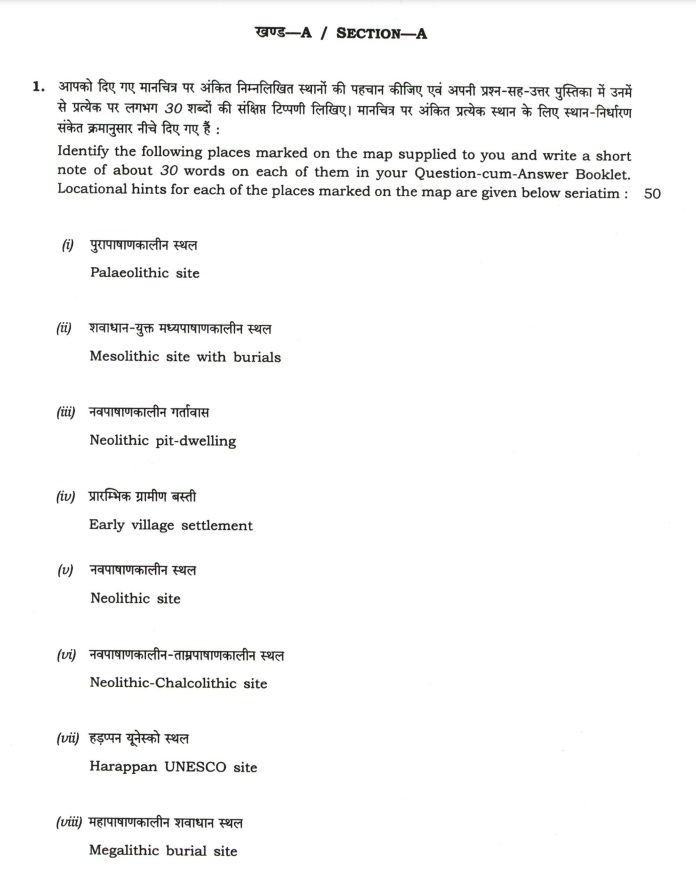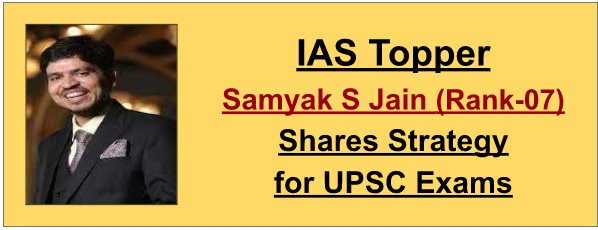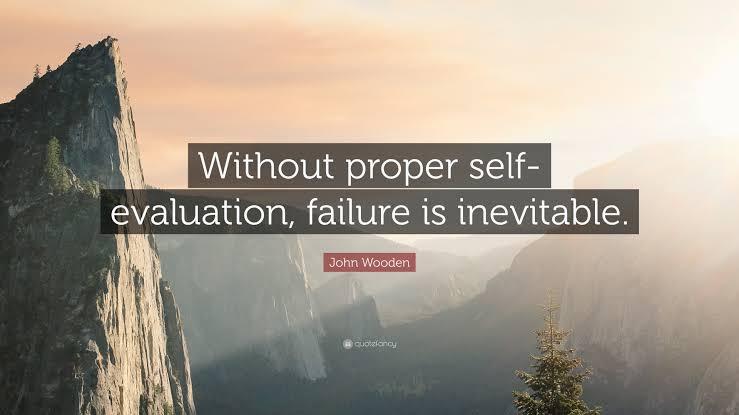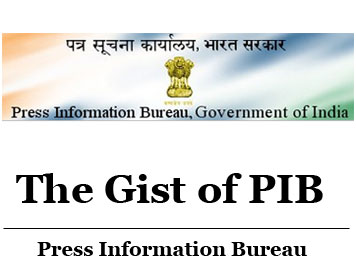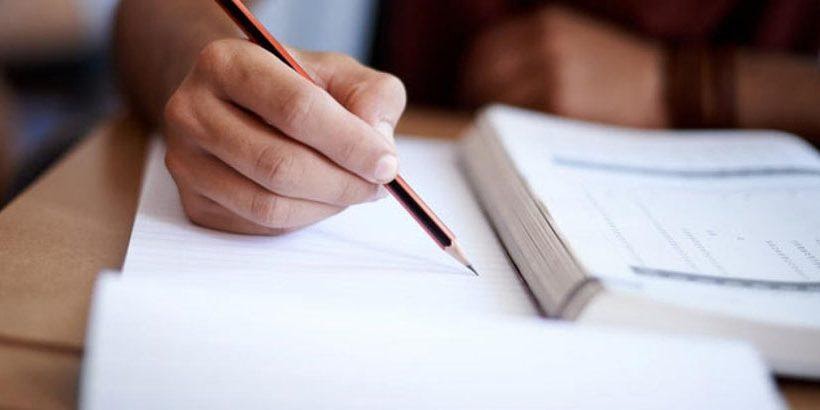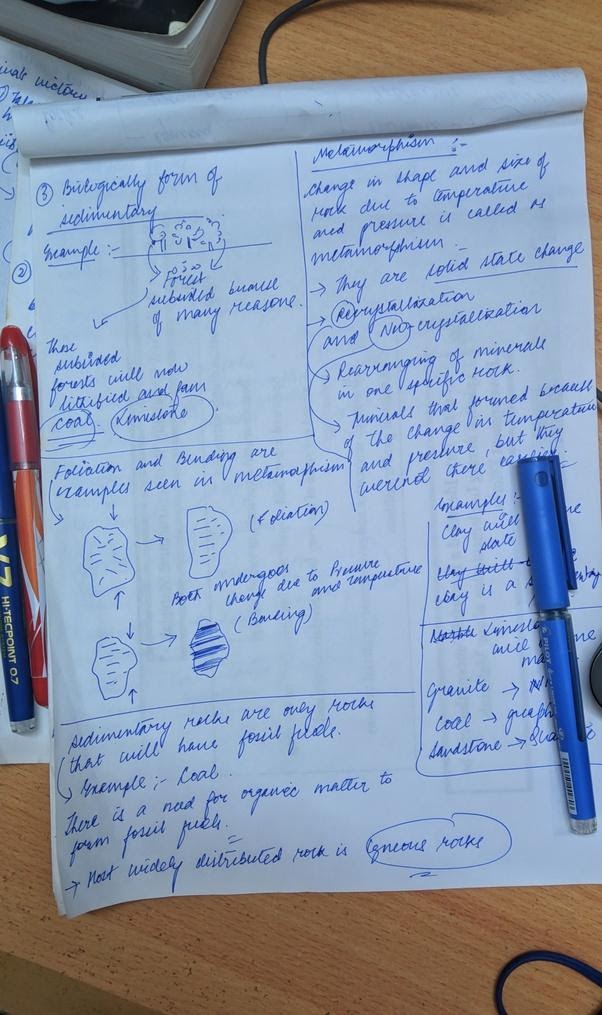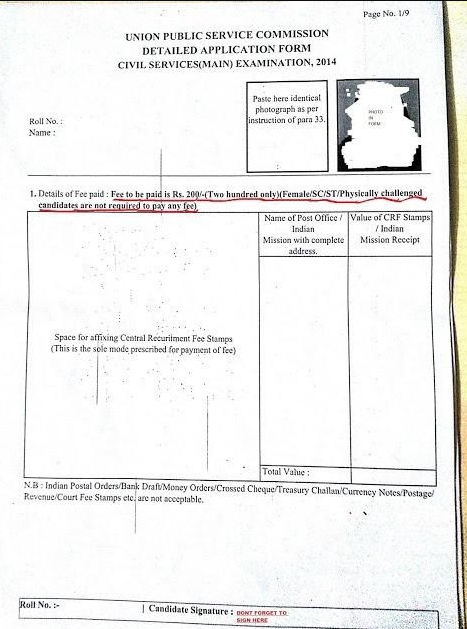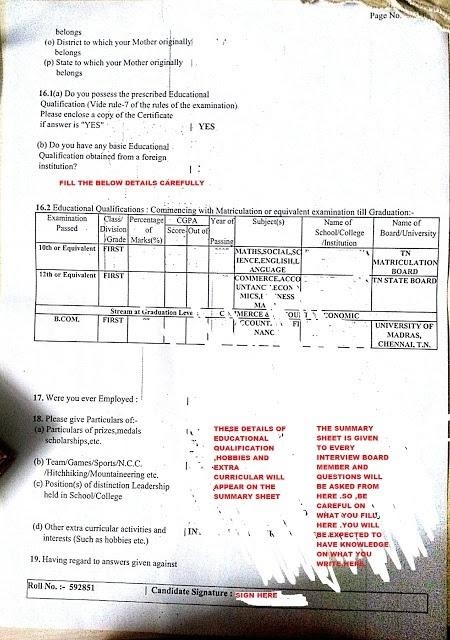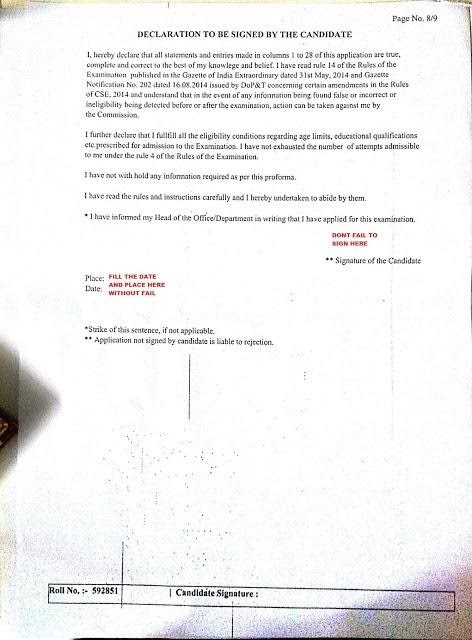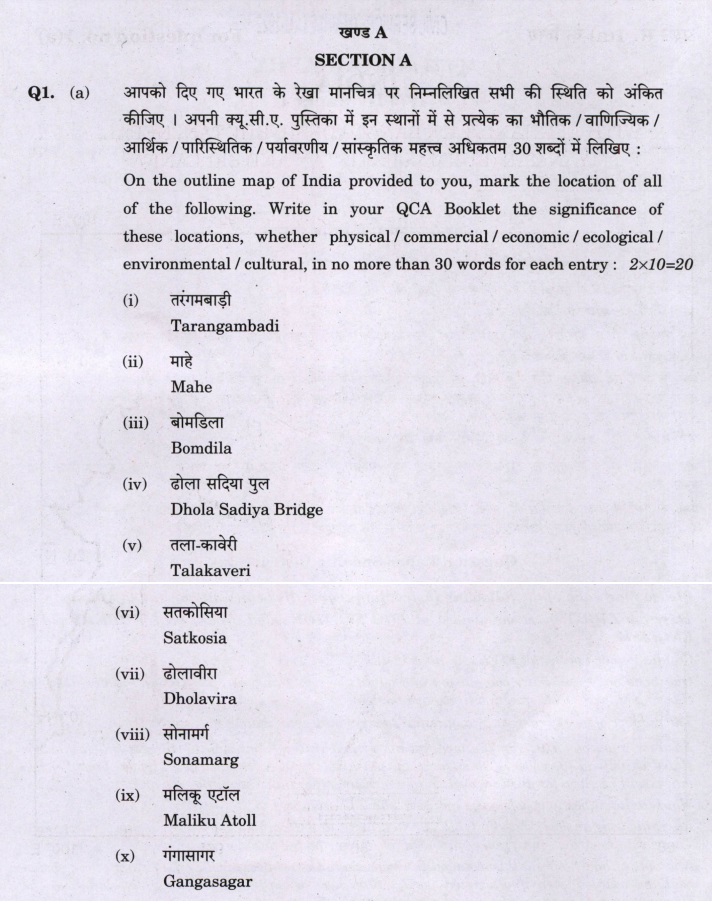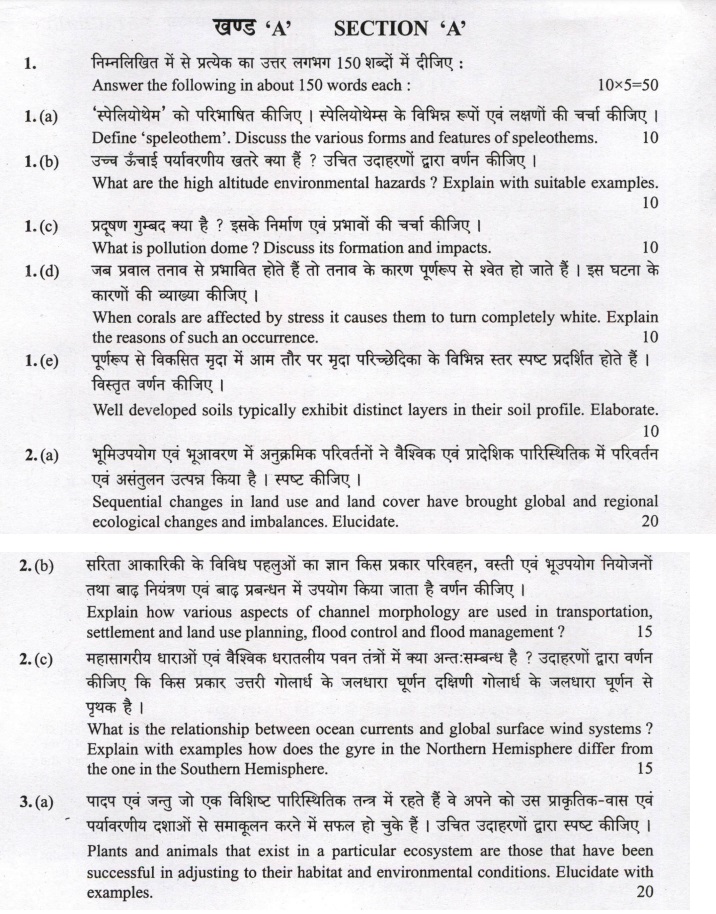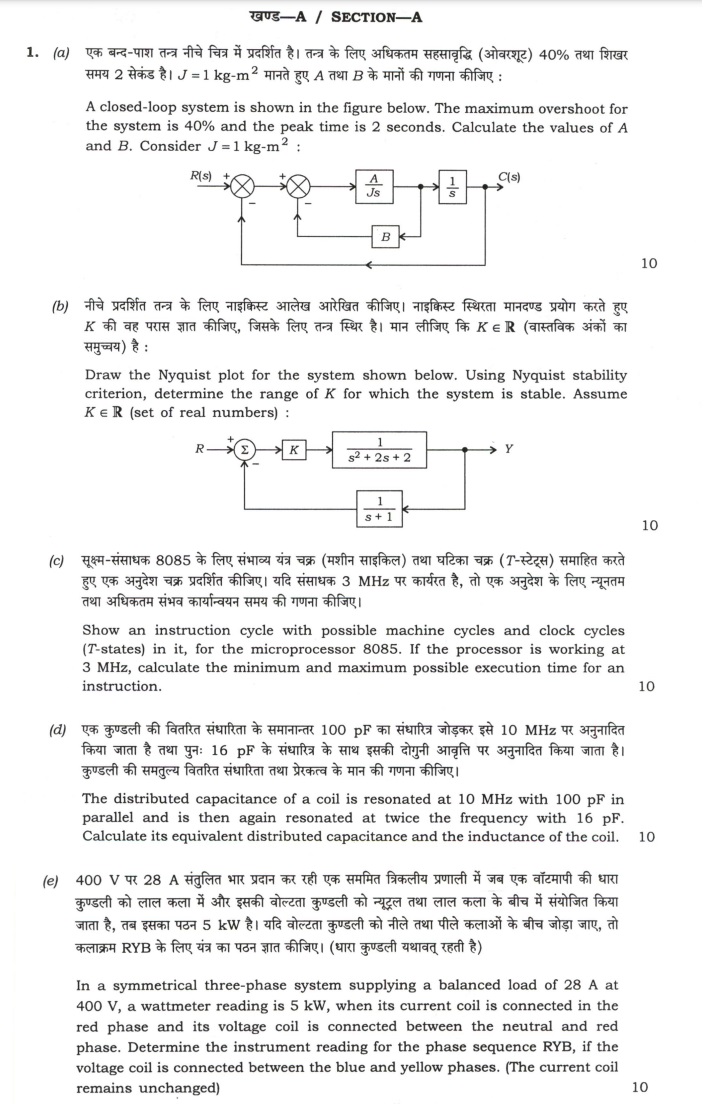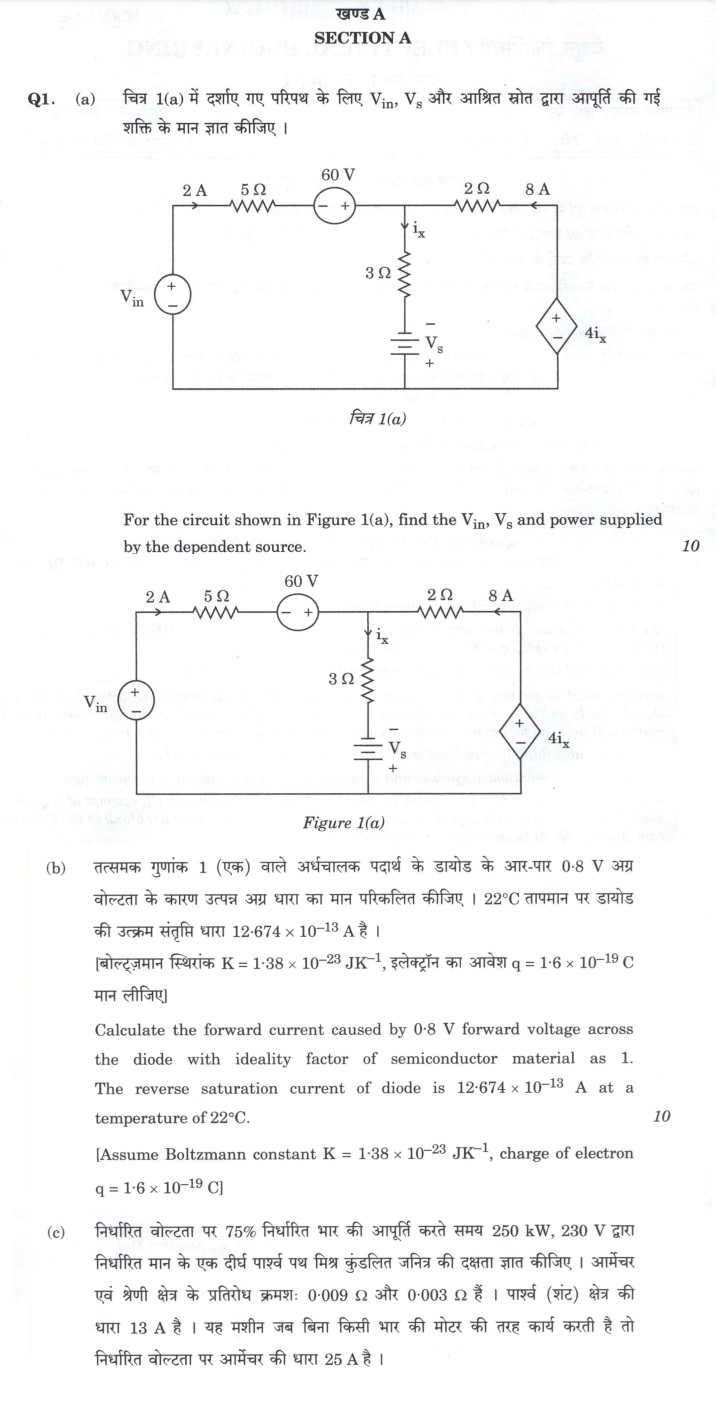
(Getting Started) Himanshu Gupta Shares The Do's And Don'ts Of Philosophy Optional (AIR-27)
Himanshu Gupta secured an applaudable all India rank of 27 in his 3rd attempt in UPSC Civil Services Examination in 2019. This was his second attempt with Philosophy as an optional. In his initial attempt, Himanshu had taken up Geography Optional but later changed it in his next attempt and then continued with Philosophy thereon. He admits he was not clear on his choice of optional in his first attempt, and being from an Electrical Engineering background, he chose Geography for its scientific leanings. However, after much consideration, he shifted to Philosophy and would like to help aspirants with their Philosophy Optional strategy for UPSC.
Why Should One Take Up Philosophy?
Himanshu did not clear upsc prelims in his first attempt, so his choice of optional did not matter. However, he soon realised that for UPSC, the core of choosing an optional should be interest. There are not the only syllabus specific textbooks that one reads for their UPSC optional, but an array of reference books and other materials. Without interest, nobody can possibly memorise so much information. UPSC is like a marathon and not a 100-metre race. One must treat it as a long-term plan. For Himanshu, Philosophy became an important part of that plan.
Why Should One Not Take Up Philosophy?
The most prevalent myth Himanshu admits to falling for was that Philosophy optional for UPSC has a very short and crisp syllabus. A year into his preparation, Himanshu realised that was not the case. Although the number of topics to be covered for Philosophy optional may look limited, the scope of each topic and the in-depth understanding required in enormous. Himanshu soon realised that to understand one concept, he has to read through multiple sources and watch a few videos online. It is indeed time-consuming and if a crisp syllabus is what you are after, Philosophy may not be the right choice for you.
Booklist For Philosophy Optional
There are 2 papers for Philosophy, each with 2 sections. There are different reading material required for each section.
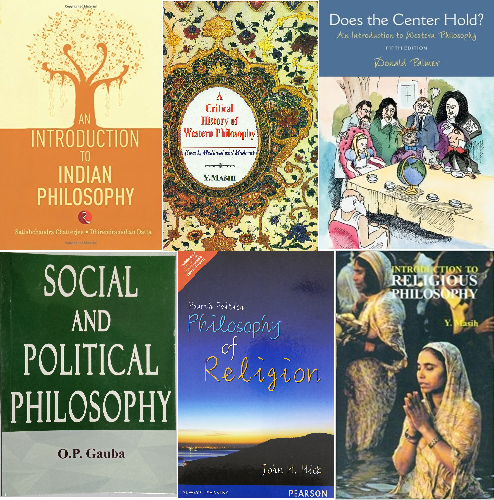
Paper-I
Part-A: Indian Philosophy by CD Sharma
Part-B: Western Philosophy by Y Massey
Part-A: Socio-Political Philosophy by OP Gauba
Part-B: Philosophy Of Religion by Y Massey/ John Hick
Himanshu resisted from sticking strictly by standard books. He used coaching materials as his base and followed online material such as shodhganga for papers by Ph.D. scholars. Himanshu suggests previous years’ question topics along with the phrase “shodhganga” on Google to search for relevant material.
He used a Youtube video documentary series called “Closure To Truth” as additional material for his Paper-II Section-B. Even Stanford University has a website dedicated to Philosophy courses. Of course, these are material that one should use selectively once they have covered their base material.
Answer Writing :
Himanshu has some interesting tips for writing answers. For example, he used Sanskrit Sutras in the phonetic language in his Indian Philosophy. For Western Philosophy he quoted scholars from books. Having extra information and differentiating content in your answer will help you score better in your Philosophy Optional. Writing a test series is non-negotiable when it comes to this particular optional because the answers you write must have so much more than mere facts represented in them, and without the right practice and guidance, one can't write such high-quality answers.

Just Reading From Source Will Not Cut It, Practicing Writing Is Key
Message To Aspirants
Remember, the maximum people score in their GS papers is hardly ever more than 50%, but when it comes to their optionals, even 60% is a doable target. So to secure a good rank, concentrate on your optional.
Himanshu wishes every aspirant the best of luck in their upcoming attempts.
CLICK HERE TO DOWNLOAD UPSC TOPPERS NOTES

